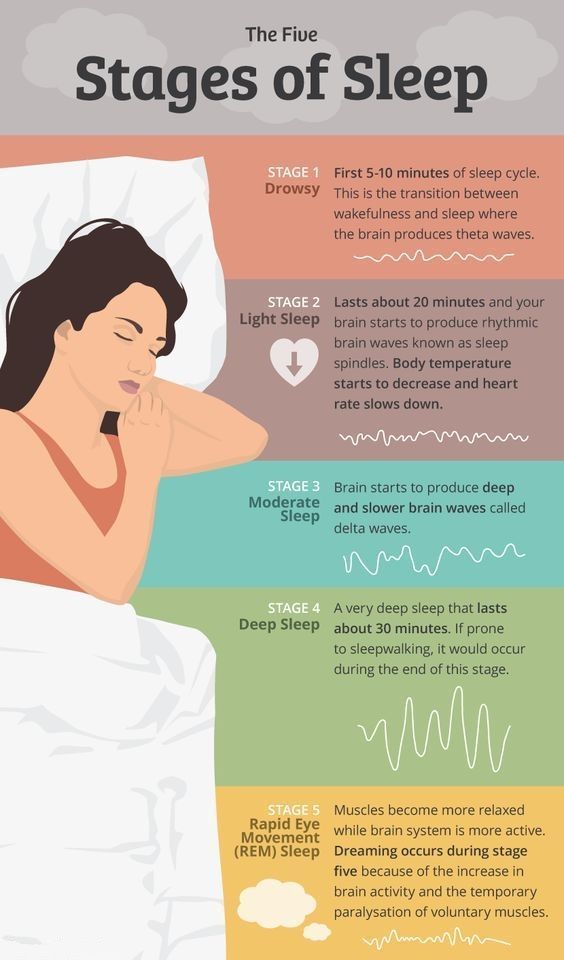
Sleep is a vital part of every human’s life. Most people need to sleep for about 8 hours every night to be healthy, but the amount you need may vary depending on age and other factors. The purpose of sleep is to allow your brain and body to recover from the day’s activities so that you can feel rested in the morning. That said, not all sleep is created equal! There are five distinct stages of sleep that occur during one full cycle known as a circadian rhythm (about 90 minutes long). Each stage has its own purpose for helping you get restorative rest when you aren’t able to fall asleep right away or when something wakes you up during the night.
Stage 1: Drowsy
Stage 1 is the transition from wakefulness to sleep. You will recognize this stage as being very similar to being awake, but with some noticeable differences:
- You may have difficulty keeping your eyes open and may even experience micro-awakenings where you briefly become aware of your surroundings before falling back asleep again
- Your body temperature drops slightly, causing goosebumps on warm skin and a chill in cold areas (e.g., hands)
- Your heart rate slows down slightly
Stage 2: Light Sleep
Stage 2 Sleep is a light sleep stage. During this stage, the sleeper’s eyes move slowly from side to side as they dream. Their breathing slows but remains rhythmic and regular, and their body temperature falls slightly. Stage 2 is when you’re most likely to experience hypnagogia, which are images or sounds that appear just before waking up (or falling asleep). These can be anything from geometric patterns to simple shapes like circles or squares; more complex images such as people or animals; even voices!
Stage 3: Moderate Sleep
Stage 3 is the lightest stage of sleep. It’s a transitional phase between light and deep sleep. This stage takes up about half of your sleep time, but it doesn’t feel like much because you’re only lightly dozing in this stage. Stage 3 helps you wake up refreshed in the morning by making sure that your body has enough energy for getting out of bed without feeling groggy or tired.
Stage 4: Deep Sleep
In stage 4, you are in a very deep sleep. Your body temperature drops and heart rate slows down as you enter into this stage of restful slumber. This is also the time when your brain waves are slow and high in amplitude (meaning they have a large amount of activity), but you’re not aware of what’s going on around you because your brain waves are so slow!
Stage 5: Rapid Eye Movement Sleep
REM sleep is the stage of sleep where you dream. When you enter REM, your eyes move rapidly back and forth in their sockets, hence the name rapid eye movement. You can’t actually move during this stage of sleep; if you do, it will wake you up immediately. It’s important to note that although REM has been linked with dreaming and memory consolidation in past research studies (and could therefore be considered a “learning” state), recent evidence suggests otherwise–that it’s actually nREM (non-rapid eye movement) that helps us learn new things by consolidating memories into long-term storage (1). This doesn’t mean there isn’t some overlap between these two stages; rather, it means we still don’t fully understand what causes changes in brain activity when we enter either one!
The stages of sleep are important to know about because they can tell you a lot about how your body and mind are doing. If you’re having trouble sleeping at night, knowing which stage of sleep you’re in can help you determine whether or not there may be something else going on. For example, if you’re waking up in the middle of the night but feel tired during the day, then maybe it’s time for some extra restorative sleep!
